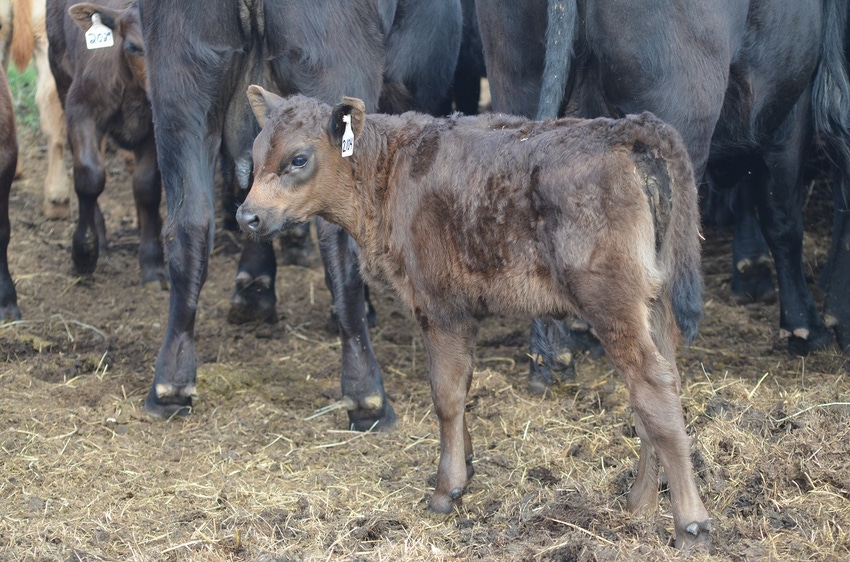
Human rehydration products cannot safely be used for calves, and not all calf electrolytes are equal when it comes to overcoming diarrhea.
One of the biggest differences between human oral electrolyte solutions (OES) and those for calves is the level of gut acidosis, says Dr. Geof Smith, North Carolina State University professor of ruminant medicine. Children with diarrhea have very little problem with acidity, whereas nearly all dehydrated calves have acidosis.
This means OES for calves need to have either a signficant amount of an alkalinizing agent and/or a strong ion difference (SID) wherein cations are significantly higher than anions.
Smith adds that research has shown acidotic calves cannot correct their metabolic acidosis when rehydrating with non-alkalinizing solutions.
He says most commercial products have either bicarbonate, acetate, propionate or citrate, and should contain at least 50 mM/L, preferably with acetate and/or propionate. He also suggests calf electrolyte solutions should have at an SID of at least 50-80, if you can find that information.
"Unfortunately, products without alkalinizing agents and with very low SIDs are commonly available in North American and should be avoided in calves with diarrhea," Smith says.
In addition to the difference in gut acidity, children with diarrhea have lower loss of sodium and potassium, so human-targeted products are lower in those two elements than what is needed by calves.
Sodium concentration
Smith reminds that sodium is a critical element in rehydration of fluids, including plasma. He says the exactly correct concentration for calves isn't known, but says most research suggests a level between 90 and 130 mmol/L.
Although sodium absorption in the small intestine was linked quite some years ago to the presence of glucose, more recent research shows that volatile fatty acids such as acetate or propionate have now been shown to facilitate sodium absorption in the gut. Therefore acetate or propionate have greater value as the alkalinizing agent than the more traditional bicarbonate compounds.
Chloride concentration
Although calves lose chloride in diarrhea the loss isn't nearly at the level of sodium loss. Therefore Dr. Smith says calf electrolyte solutions should contain chloride of 40-80 mmol/L.
Potassium concentration
Calves with diarrhea also lose potassium in feces and typically have a total body deficit of it. Dr. Smith says oral electrolytes for calves generally should contain potassium concentrations of 10-30 mM/L.
Osmolality ranking
Smith says commercially available oral electrolyte products in North America can range from 280-300 mOsm/L to 700-800 mOsm/L. He says calves still suckling, as most beef calves are, would need lower-ranking solutions.
"My recommendation is to avoid OES with extremely high-osmolality products," Smith explains. "In general, I prefer to get the calf's nutrition from milk and use OES for improving dehydration, correcting acidosis and replacing electrolytes."
About the Author(s)
You May Also Like




